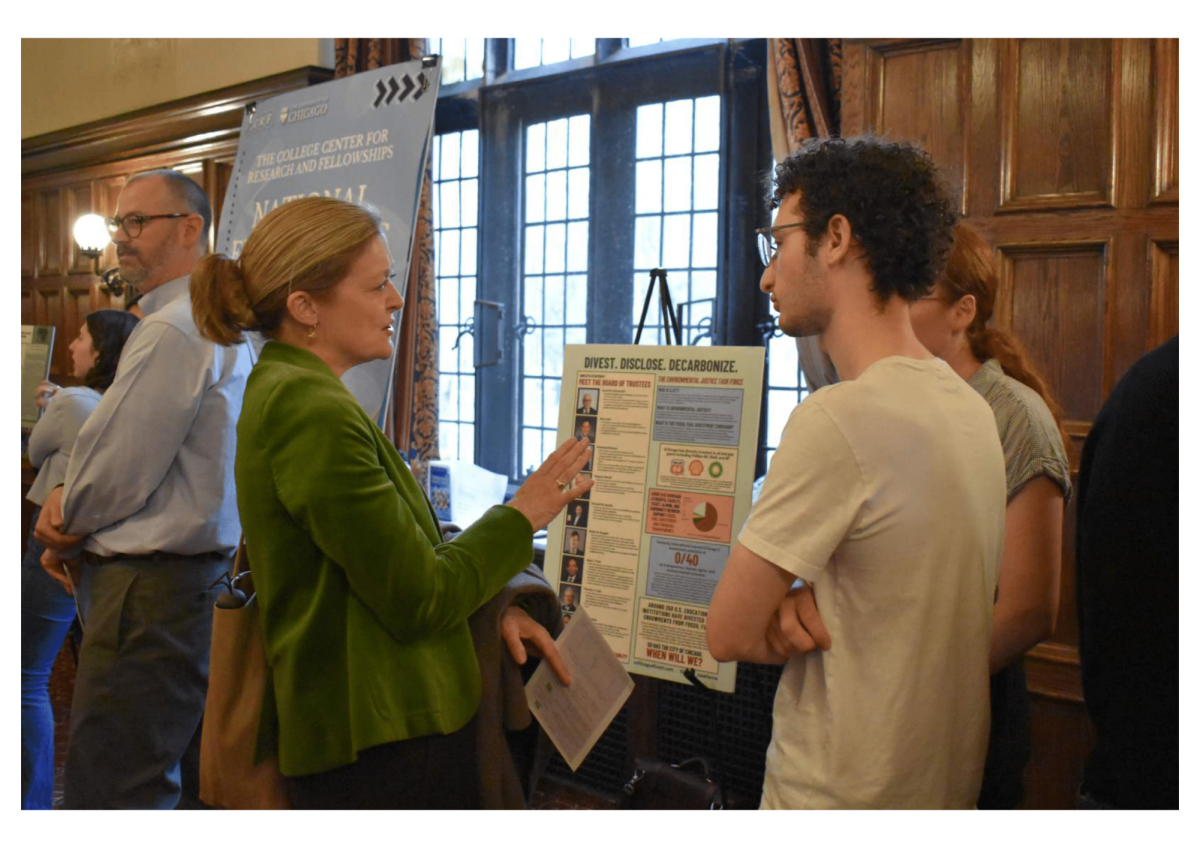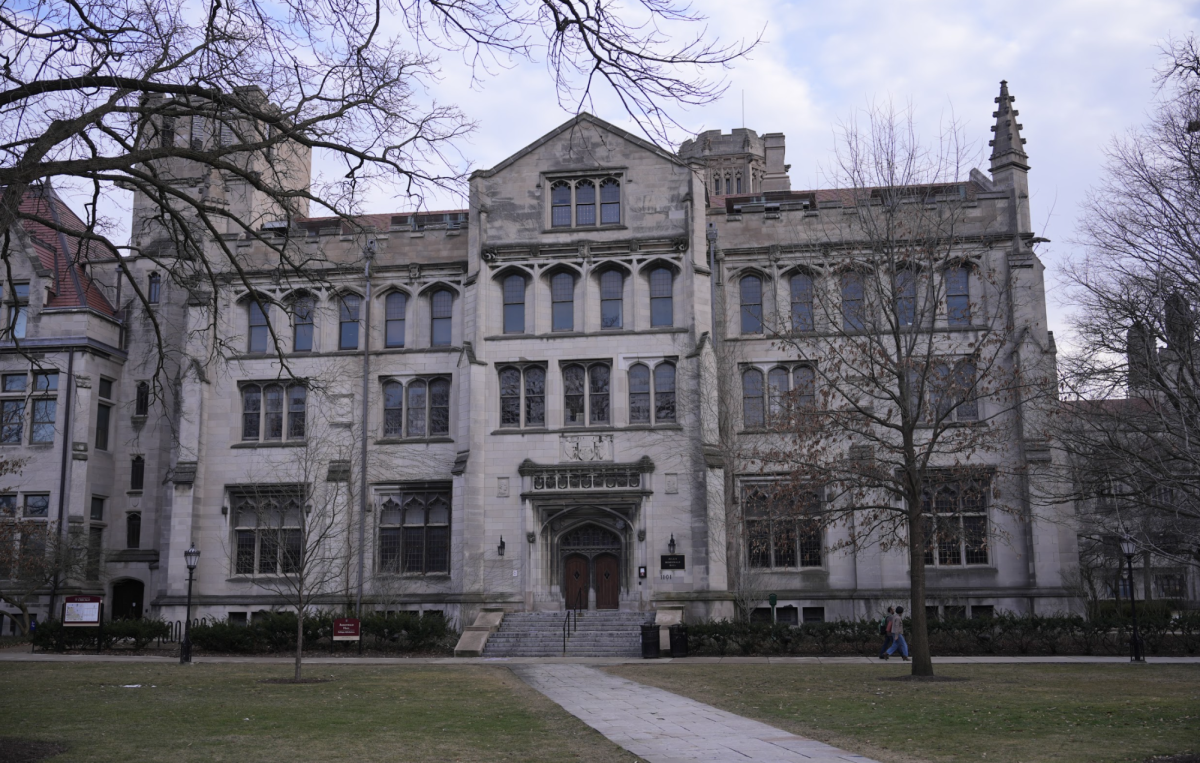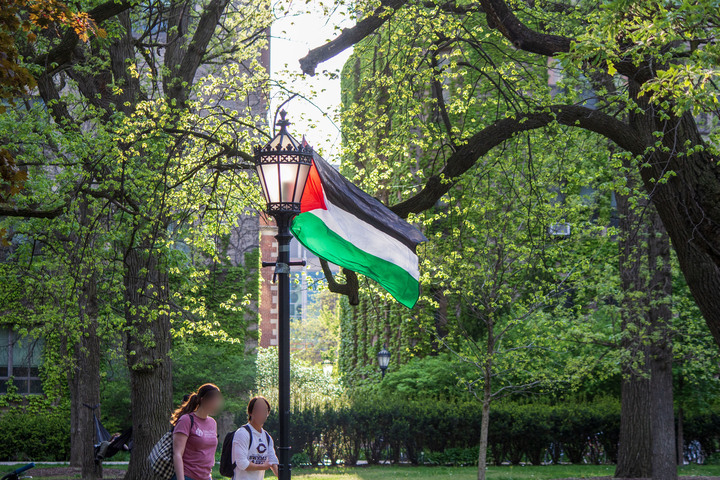The University of Chicago likes to pretend that it knows what students like. Over 117 years and countless online surveys into the game, it gets some things right: $1 milkshakes, dingy coffee shops, the Drunk Van. There are some things administrators know about but can’t help (the must-not-be-named thing the follows autumn and lasts for six months), some they know about but won’t help (the annual Scav party, famous for its 2006 barfing-in-Cobb extravaganza), and, to their credit, some they’ve surveyed about so frequently that they can’t help but comprehend (the apartment-mimicking suites in the new dorm). Other times, the University’s higher-ups just ignore the problem: Aramark’s got someone on the Board of Trustees, after all, and probably the kids don’t mean it when they say the chiming of half-hour carillon sessions is not only earsplitting and obnoxious but actually detrimental to their mental well-being; every respectable university has a nice set of bells, you know. (Their recent restoration, by the by, cost $2.1 million.) Certainly, no one means it when they say that they hate the official, administrator-produced newspaper, The University of Chicago Chronicle—that’s exactly the kind of thing that people love and incoming students should be positively thrilled to get it in the mail. And Twitter. College kids definitely, definitely like Twitter.
But for now, back to the Chronicle. It might come as a surprise that the paper is no more: It published its last issue over the summer, and is for all intents and purposes dead. It’s not quite fair to say that administrators scrapped the thing on behalf of students. Really, it seems like the near-universally acknowledged loathing of the paper was less misery-ending inspiration than extra justification for a budget cut. The Chronicle always had a somewhat vague mission. It was a public-relations broadsheet—all good news, all the time—that managed in its wholehearted and incorrigible, tunnel-vision pursuit of the Great Things We Do Here, to be totally and utterly boring. The goal seemed to be to broadcast the research and achievements of University of Chicago students and faculty to the students and faculty of the University of Chicago. Yet the community could scarcely be bothered to care: The most significant research about cosmic microwave background is, for better or worse, of little interest to most people on campus. Even as the Chicago Tribune began to hemorrhage some of its top writers and editors in our general direction—Associate Vice President for News and Public Affairs Steve Kloehn, Vice President for Civic Engagement Ann Marie Lipinski—the Chronicle was still virtually unread. Indeed, the Chronicle article announcing the paper’s death could only point to the numbers: “Intended for an audience of more than 27,000 faculty and staff members, students and friends, fewer than 4,000 copies of the Chronicle were picked up from the free drop boxes around campus and the neighborhood during each of three different samplings this spring.”
So on June 11, 2009, the Chronicle published its last issue, ostensibly leaving the blatantly uninterested University of Chicago community without anything more frequent than the bimonthly University of Chicago Magazine to let us know who among us has picked up a Nobel, Presidential Medal of Freedom, dinosaur fossil, or presidency.
But not so. A little known fact is that the University has embraced social media. It seems to be both a void-filler and some kind of ploy to reach out to students (and would-be students) on their own turf. The Magazine has become the centerpiece of the new, hip move: It boasts both a blog and a Twitter feed. The News Office also has a Twitter feed, which posts the headline and first few words of every article it puts out; sadly, the Office seems to have missed the lesson about character cutoffs, and each post ends mid-word in an ellipsis.
The Magazine’s Twitter feed has 750 followers and follows some 1,000 more (including, weirdly, both of my parents, who have one combined post: “I am now Twitter-enabled.”). The feed broadcasts 140-word blurbs about any and every news-making alumnus or professor its contributors can find, from Philip Roth (A.M. ’55) to current Survivor castaway Jaison Robinson (J.D. ’09). With somewhere between five and 10 posts each day, the feed does a good job—but its ability to keep up with alumni doings is completely beside the point. It seems that the contributors are making the same incorrect assumption that doomed the Chronicle: that the achievements of these people are somehow supposed to interest us just because our diplomas all came from the same place. The fact that I might run into Jaison Robinson on the way to class makes him only marginally more interesting than his equally hungry competitors.
It’s unclear if administrators know that there is little-to-no demand for this or if they simply don’t care. That the University pays someone—or several someones—to read papers and blogs and issues of T.V. Guide all day in search of the words “University of Chicago graduate” while lecturers and hospital staffers and maintenance workers are axed, while financial aid is trimmed and wages are frozen and program budgets are sliced, should raise eyebrows. As the U of C accrues still more prizes and continues to make headlines and creep up rankings lists, it’s understandable that administrators should want to broadcast successes, even if only to 750 faithful. It seems, in theory, like a good way to get information from admin grown-ups to us youngsters—Twitter and the trite doings of other U of C folks are both things students like, right?
Wanting to be hip—or “off the hook”—is a goal shared by the likes of Republican National Committee chairman Michael Steele, who also has a Twitter account. But he hasn’t posted once.
Claire McNear is a third-year in the College majoring in political science. She is the Maroon Viewpoints editor.







